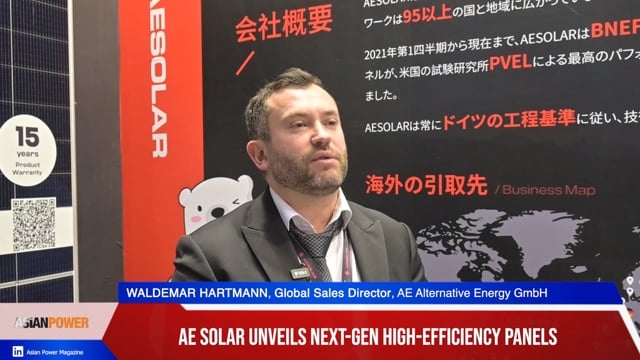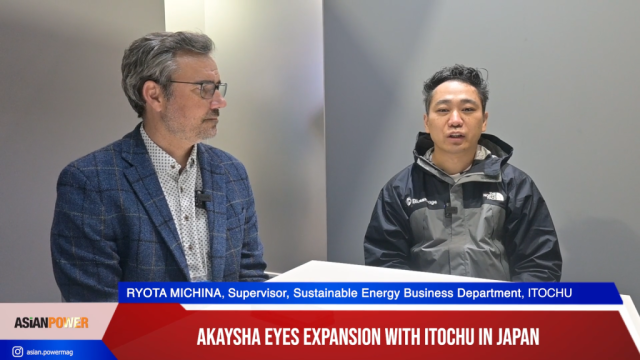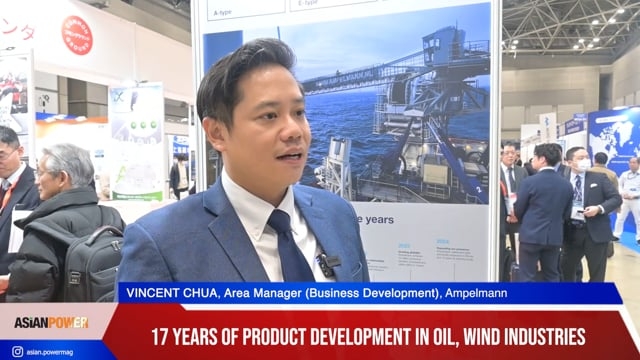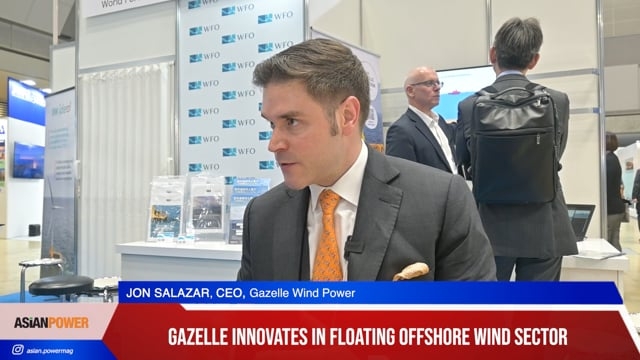
AGL BIPS leads the renewable energy transition in Australia
Wärtsilä helps Australia’s drive towards renewables through multiple solutions.
Since the start of the pandemic, there has been a clear drop in power demand as economic activity has reduced and people have shifted to working from home. The energy landscape is also in transition towards more flexible and sustainable energy systems.
This has led to an increased share of renewable energy sources in the grid, with South Australia being able to run on 100% renewable energy for some period.
Australia is a country with unparalleled renewable energy resources and with a unique opportunity to swiftly decarbonise and move towards 100% renewable energy. The green stimulus announced for clean energy and for hydrogen shows that there is room to further speed up this transition. The optimal 100% renewable energy mix will be based on wind and solar, however energy storage and flexibility from bio- or synthetic gas will still be crucial for balancing.
Though it is great to have cleaner energy in the system, renewable energy sources also bring challenges of their own into the grid as they are not dispatchable. This affects the reliability and stability of the grid. In addition, with increased amounts of solar and wind the system inertia is decreasing.
AGL, one of Australia’s leading integrated energy companies, has already installed renewable capacity in Australia, especially on the solar side. In 2018, AGL and technology group Wärtsilä signed a contract for a new power plant, known as the Barker Inlet Power Station (BIPS) located on Torrens Island near Adelaide.
The AGL BIPS project is a result of AGL's long consideration to develop a power plant that can respond to various moments when the renewables are coming and going, depending when the wind is there or the solar is there.
“When we entered into the discussions with AGL, they had already anticipated the on-going global energy transition and understood the need for dispatchable flexible power generation. During the process, they came to the conclusion that internal combustion engine (ICE) power plant would provide them with the most reliable and cost-effective solution that will fit into the generation portfolio also in the future,” said Kari Punnonen, Director, Australasia at Wärtsilä Energy, in an interview with Asian Power magazine.
AGL BIPS’ role in renewables transition
AGL Energy Limited has a large portfolio with many different technologies, including approximately 450 MW of wind power in South Australia. The main role of BIPS is to ensure reliability in the renewable-heavy South Australian power system by providing balancing capacity to manage the variability from renewables.
BIPS is the most efficient and flexible power plant in AGL’s portfolio in South Australia. Its Wärtsilä engine generating sets can reach full output in a matter of minutes, providing the fast-start capability needed to rapidly respond to the fluctuations inherent to solar and wind power.
This efficiency is seen in the power plant’s fuel use, with its reciprocating engines being both cost-efficient and environmentally sound. The new power plant requires 28% less fuel than its predecessor gas turbine plant and reduces greenhouse gas emissions by 35%-50%.
These reciprocating engines are said to be great for a flexible operating profile, which is needed when introducing more and more renewables into the system. As a multi-unit plant, BIPS offers high operational flexibility and high efficiency also at part load. Furthermore, any number of engines can be dispatched and run at high efficiency to match load requirements.
Continuous starts and stops, which characterise the operating mode of renewable-balancing generation, also do not affect the maintenance intervals of the reciprocating engines of BIPS. Their fast start-up capability makes the plant optimal as balancing capacity, but also provides increased revenue to AGL.
Drive towards renewables
The drive towards renewables continues in a post-pandemic world. However, renewables will need balancing, notes Kari. It is crucial to make sure enough flexible capacity is being added to the power system to cover the demand for power during times with low renewable production, such as calm and cloudy days.
Flexible reciprocating engines and batteries can provide the needed flexibility to balance the renewables and keep the grid stable and reliable. There is a need to increase flexibility in the grid to manage the rising share of renewables.
In addition to flexible engine power plants, like the BIPS, batteries will play a key role in balancing renewables. Batteries can take care of short duration balancing, whilst the flexible engine power plants can balance renewables for a longer duration. To optimise the use of various power generation assets, cutting-edge energy management systems are needed.
Wärtsilä can offer complete end-to-end solutions for customers, such as flexible reciprocating engine power plants, energy storage and energy management system, as well as lifecycle services.
In May, Wärtsilä released its Atlas of 100% Renewable Energy, where they have modelled 145 countries and regions to find the cost-optimal way to produce electricity from 100% renewables. The Atlas illustrates what the cost-optimal power systems of each of these regions would look like if these were to be optimally built from scratch, not considering the burden of existing power plants. These solutions would enable a higher share of intermittent renewable energy sources.
“This is a great tool to use to see the possibilities for a 100% renewable energy system, in which direction we should continue to push, and what technologies are needed to enable a fully renewable power system,” added Kari.
In Australia, over 90% of the energy would come from solar and wind, with flexible gas engine power plants running on synthetic fuels and batteries to balance the intermittency of the renewables.
Australia leading the renewable energy race
Australia is well on the way to becoming one of the world’s leading countries in terms of renewable energy, added Kari. However, the current structure of the power system needs to be updated to be more suitable for renewable integration.
The political landscape is pushing for growth in the renewable energy sector by setting targets for emission reductions, carbon reductions and shares of renewable energy. In addition, the economics of renewables are driving this shift from traditional fossil fuels towards cleaner energy.
Kari notes that the country is definitely on the right track, with state governments setting their own renewable energy and carbon reduction targets, which will continue to drive investments towards sustainable solutions.
“The push for renewables will continue, although it might slow down for a little bit and accelerate in the future. The good news is that the economics are in favour of renewable energy sources and the growth of them, whilst simultaneously contributing to a cleaner energy system,” he added.
Wärtsilä envisions a 100% renewable energy future. Though the world is still far away from 100% renewable energy globally, the share of renewables is increasing in grids worldwide, pushing inflexible power generation out of the system.
“We want to be our customers’ most trusted partner and help them optimise their energy transition,” said Kari. “Based on our deep understanding and leading position in the energy transition we develop new value-adding offerings for our customers’ needs today and in the future. With a lot of experience in power system modelling, market development and project development we help our customers find their optimal path towards 100% renewables.”
Wärtsilä solutions and services are said to support the transition and offer its customers the highest value by optimising their energy systems and future-proofing their assets. Flexible gas engine power plants and energy storage will provide the needed flexibility to balance renewables and secure reliability of the power system.























 Advertise
Advertise








